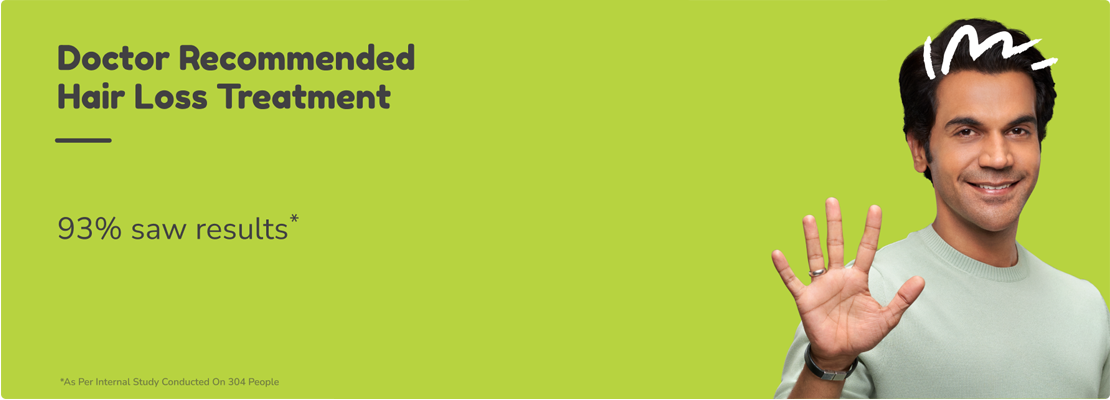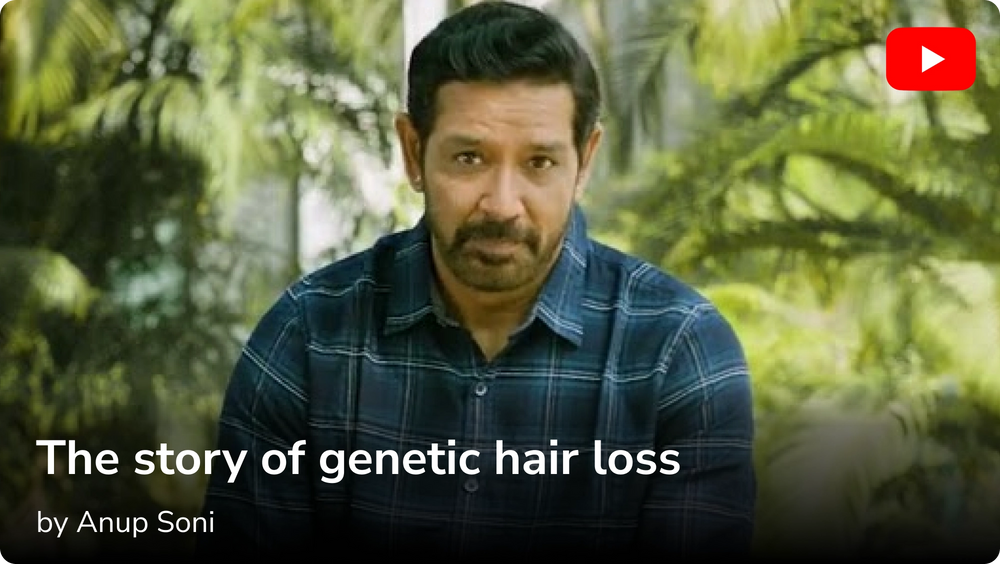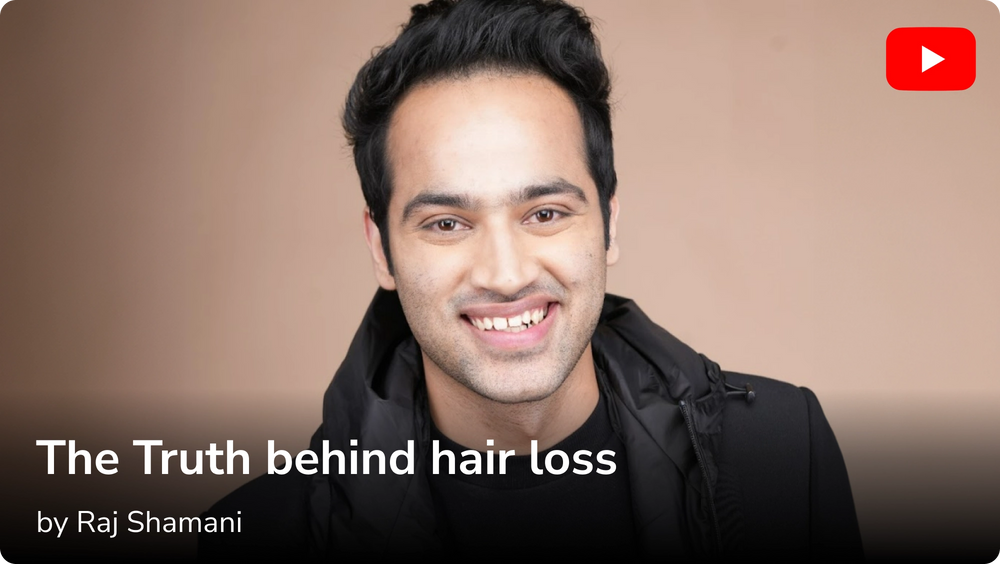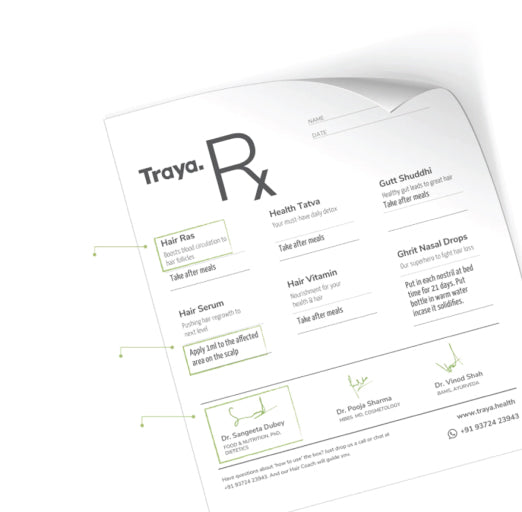Amla, also known as Indian gooseberry, is a superfood used in traditional Indian medicine for centuries. Amla juice is derived from the fruit and contains all the beneficial properties of Amla in a concentrated form. The juice is rich in vitamins, minerals, and antioxidants, providing numerous health benefits.
Amla Juice is rich in anti-oxidants and has anti-inflammatory properties which help in multiple ways like enhancing immune System Functions, nurtures skin, hair, gut health, eye health, maintains healthy BP Levels, helps reduce weight, supports Mental Health and does much more. The distinctive characteristics of amla juice, such as its high vitamin C content, antioxidant properties, and ability to balance the three doshas, make it a holistic health drink.
Top 18 benefits of Amla Juice
1. Amla Juice enhances Immune System Functions
Amla Juice benefits your immune system in multiple ways as it is a powerhouse of vitamin C. Vitamin C enhances the production of white blood cells, which play a critical role in fighting off infections, thus bolstering the immune system.
Moreover, Amla is packed with antioxidants that combat free radicals, reducing oxidative stress and bolstering the body's natural defences. Amla Juice can stimulate the activity of natural killer cells, a white blood cell known to attack harmful bodily entities. Gooseberry juice benefits detoxifying the body, thus ensuring the efficient functioning of the immune system.
2. Amla Nurtures Hair Health

The vitamin C in Amla Juice helps produce collagen protein which aids in stimulating hair growth, both in length and volume. Its anti-inflammatory and antimicrobial properties help combat dandruff and associated scalp conditions thus, strengthening hair follicles and reducing hair loss. Using Amla juice as a hair rinse can leave the hair feeling soft and shiny. It conditions the hair naturally, making it more manageable. Gooseberry juice benefits your hair by cleaning the scalp, thus ensuring the optimal environment for hair growth.
Bonus: It's a secret weapon against premature greying and a key ingredient in Traya’s Hair Ras for managing those silver strands. Amla is known in traditional practices to prevent premature greying.
Also Read: Amla Powder For Hair: Benefits And Side Effects
3. Assists in Regulating Insulin Levels
Amla Juice can enhance the function of pancreatic cells, which in turn helps in the efficient secretion of insulin. Regular consumption of Amla Juice aids in efficient glucose metabolism, reducing the risk of insulin resistance, making it beneficial for diabetic and diabetes patients.
Amla juice also benefits your body by regulating sudden spikes in the blood sugar levels of your body by slowing down the digestion of carbohydrates. The antioxidants in Amla protect pancreatic cells from oxidative damage, thus ensuring their optimal function.
4. Amla exhibits Anti-Inflammatory Properties
Amla has potent anti-inflammatory properties that can help reduce inflammation. These properties can be beneficial in treating conditions like arthritis. It can also help alleviate inflammation associated with skin diseases, conditions like asthma and joint paint. Amla supports overall health and well-being by reducing inflammation.
5. Supports in Maintaining Healthy Blood Pressure Levels and Mitigating Hypertension
Amla is a good source of potassium, which helps in maintaining normal blood pressure levels by balancing out the effects of sodium. The antioxidants in Amla Juice help protect the blood vessels from oxidative damage, thus maintaining their elasticity and preventing hypertension.
Amla juice helps reduce stress hormone levels in the body, which can contribute to high blood pressure. Its anti-inflammatory properties help reduce inflammation in the body, which can contribute to lowered blood pressure. Amla Juice benefits overall heart health, contributing to maintaining normal blood pressure levels.
6. Amla Juice helps with Skin Conditions
The antioxidants in Amla Juice fight off free radicals, which can lead to skin ageing and other skin conditions. Its rich vitamin C content helps produce collagen, crucial for maintaining skin elasticity. Amla Juice has anti-inflammatory properties that can help treat skin conditions such as acne and eczema. Amla Juice detoxifies it, leaving it clear and radiant. It aids in healing wounds and scars, contributing to healthy and flawless skin.
7. Offers Relief for Polycystic Ovary Syndrome (PCOS)
Amla Juice helps balance hormones, crucial for managing PCOS. It reduces insulin resistance, a common issue women with PCOS face. Amla juice has anti-inflammatory properties that can help reduce the inflammation associated with PCOS. Amla juice supports liver health, which is important for hormone regulation. As mentioned earlier, Amla Juice benefits for weight loss, which can help women with PCOS as they often struggle with weight gain.
8. Amla facilitates Weight Loss Efforts

Amla Juice enhances metabolism, which is crucial for burning fat and losing weight. Drinking Amla Juice on an empty stomach can help reduce fat by boosting metabolism. By promoting optimal digestive health, Amla ensures that nutrients are efficiently absorbed, and waste is effectively eliminated, contributing to weight loss.
Amla juice helps control cravings, particularly for unhealthy foods, thereby aiding weight loss efforts. It boosts energy levels, leading to more physical activity and subsequently, weight loss. Hormonal imbalances can lead to weight gain. Amla Juice helps in balancing hormones, thereby facilitating weight loss.
9. Amla contributes to Optimal Eye Health
Amla Juice is a good source of vitamin A, essential for good eye health. Vitamin A in Amla can improve night vision and prevent night blindness. The antioxidants in Amla Juice can protect against age-related macular degeneration, a common cause of vision loss in older adults.
Regular consumption of Amla can reduce the risk of developing cataracts. Its anti-inflammatory properties can help soothe eye inflammation and reduce the risk of eye infections.
10. Helps with Improving Overall Brain Health
The antioxidants in Amla Juice protect the brain cells from oxidative stress, which can lead to neurodegenerative diseases. Moreover, Regular consumption of Amla can enhance cognitive function and prevent age-related memory loss. It can reduce the risk of stroke by improving blood flow to the brain and maintaining healthy blood pressure levels.
Amla Juice supports the optimal functioning of neurotransmitters, which are crucial for brain communication. Amla’s adaptogenic properties can help alleviate stress and improve mental clarity, thus improving overall brain function.
11. Contributes to the Cardiovascular System
Amla Juice has been shown to lower levels of low-density lipoprotein (LDL) or "bad" cholesterol. It can prevent plaque formation in the arteries, reducing the risk of heart disease. The vitamins and minerals in Amla support optimal heart function and blood circulation, ensuring the heart receives adequate oxygen and nutrients.
Regular consumption of Amla Juice can reduce levels of triglycerides, a type of fat found in the blood. Amla Juice benefits by improving the overall lipid profile, reducing the risk of cardiovascular disease. Amla supports overall heart health by maintaining balanced cholesterol levels.
12. Amla supports Kidney Function
Amla Juice helps flush out toxins from the kidneys, thus supporting their function. It can prevent the formation of kidney stones by reducing the concentration of stone-forming substances in the urine.
Amla Juice supports urinary health by maintaining the optimal pH level of urine. Amla’s antimicrobial properties can help reduce the risk of UTIs. Regular consumption of Amla Juice can support kidney health, preventing conditions like chronic kidney disease.
13. Alleviates Symptoms of the Common Cold
As mentioned earlier, Amla Juice strengthens the immune system, which is crucial in fighting off the common cold. Its high vitamin C content helps in reducing the duration and severity of cold symptoms.
Amla Juice can help soothe a sore throat and reduce inflammation in the respiratory tract. It can help relieve congestion in the chest and nasal passages. Overall, Amla supports respiratory health, preventing complications associated with the common cold.
14. Amla promotes Optimal Gut Health and Digestive Processes

Amla Juice is rich in fibre, which helps in maintaining regular bowel movements and preventing constipation. Amla is a digestive herb that promotes good gut health and supports the body's digestive capacity. Traya uses Amla in our product “Gut Shuddhi” which is a supplement to help improve digestion and Gut Health.
Amla Juice helps balance stomach acids, preventing ulcers and other gastrointestinal disorders. The vitamins and minerals in Amla Juice benefit in the optimal absorption of nutrients from the food we consume. Amla’s antimicrobial properties help prevent infections in the gastrointestinal tract and benefits the growth of beneficial bacteria in the gut, contributing to a healthy gut microbiome.
15. Demonstrates Potential Anti-Cancer Effects
Amla is packed with antioxidants, which can help protect against cancer. Laboratory studies have shown that Amla Juice can inhibit the growth of cancer cells. t has been shown to induce apoptosis (programmed cell death) in cancer cells.
Moreover, Gooseberry juice benefits the body by fighting off cancer cells by strengthening the immune system. The antioxidants in Amla Juice can prevent DNA damage, which is a precursor to cancer.
16. Supports Mental Health
Amla Juice has adaptogenic properties, which help the body adapt to stress. It can support mental health by reducing anxiety and depression by improving cognitive function, helping the mind stay clear and focused during stressful times. Amla Juice benefits your body by boosting your energy levels, which can be depleted by chronic stress and helps balance hormones that can be disrupted by stress.
17. Amla addresses Iron-Deficiency Anemia
Amla Juice benefits your body as it is a good source of iron, which is essential for preventing and treating iron-deficiency anemia. Vitamin C in Amla Juice enhances iron absorption from other dietary sources.
Regular consumption can help improve haemoglobin levels, which is crucial for those suffering from anemia. Amla supports overall blood health, ensuring that the body receives an adequate supply of oxygen. Amla can help reduce associated symptoms like fatigue and weakness by preventing and treating anaemia.
18. Strengthens the Integrity of Bones
Amla Juice is a good source of calcium and phosphorus, which are essential for healthy bones. Regular consumption of Amla Juice can support optimal bone density, preventing osteoporosis. It promotes healthy bone growth and development, which is crucial for children and adolescents.
Amla supports joint health, preventing conditions like arthritis. Gooseberry juice benefits overall skeletal health by providing essential nutrients and supporting bone density and growth. These are some of the many benefits of Amla and Amla juice. Incorporating this powerful superfood into your diet can significantly improve your overall health and well-being.
How to Make Amla Juice for everyday routine?
Amla juice is an excellent way to boost your overall health and wellness. Here's how you can easily incorporate it into your daily routine. The classic Amla juice is simply mixing market brought Amla juice in water. You can read How To Prepare & Use Amla Juice To Promote Hair Growth. But for those who like to add a bit of spice to their life, here's a unique way to enjoy Amla juice:
Amla with a Twist: Spiced Amla Juice Drink

Ingredients:
- Amla: 1-2 fruits (sliced)
- Cumin seeds: 1 teaspoon
- Black pepper: 3-4 pieces
- Black salt: 1/2 teaspoon
- Ginger: 1 small piece
- Water: as needed
- Honey: 1-2 teaspoons (optional)
How to Prepare:
Step 1: Slice the Amla fruits and place them in a mixer.Step 2: Add cumin seeds, black pepper, black salt, and ginger to the mixer.
Step 3: Add a little water and blend everything together until smooth.
Step 4: Add more water as per your taste and blend again.
Optional: Add honey for a better taste.
Drink it fresh to reap the maximum benefits.
This drink combines the goodness of Amla with the benefits of spices like cumin, black pepper, and ginger, creating a deliciously unique and healthy beverage. Enjoy the refreshing taste while giving your body a boost of nutrients!
Best Way to Drink:
The best way and time to consume Amla is on an empty stomach in the morning for optimal absorption. It is recommended to drink one glass of Amla Juice once daily but this can be adjust based on individual needs and reactions. Please ensure you take periodic breaks after a few weeks of daily consumption is beneficial to prevent any potential adverse effects.
Side Effects of Consuming Amla Juice:
Although amla juice has many health benefits and is high in nutrients, overindulging or using it incorrectly might have negative repercussions. The following are a few possible amla juice adverse effects:
- Acidity and Digestive Problems: Amla juice is naturally acidic; thus, taking too much of it might cause acidity or worsen existing acid reflux symptoms. It might also result in digestive problems, including diarrhoea or constipation in certain people.
- Allergic symptoms: After ingesting amla juice, some individuals allergic to amla may get itchy, red, or have other allergic symptoms.
- Blood Sugar Levels: Studies have demonstrated that amla juice lowers blood sugar levels. Although this is helpful for diabetics, persons with normal or low blood sugar levels may experience hypoglycemia.
- Vitamin C Toxicity: Amla is a rich source of vitamin C thus, overconsumption of Amla can result in vitamin C toxicity, which can induce symptoms such as nausea, vomiting, and stomach pain.
When adding amla juice to your diet, consuming it in moderation is best to ensure it only provides beneficial effects.
Conclusion:
In conclusion, Amla juice is a holistic health elixir with a rich botanical background and significant Ayurvedic relevance. Its unique combination of nutrients and medicinal properties makes it an excellent remedy for various health conditions, ultimately leading to a balanced and healthy life.
Also Read: Everything You Must Know About Amla and Its Crucial Benefits
Amla juice is a powerful natural remedy packed with health benefits. From boosting the immune system and improving hair and skin health to regulating blood sugar levels and supporting heart health, its advantages are numerous. However, it’s important to consume Amla juice in moderation and consult with a healthcare professional before adding it to your diet, especially if you have any pre-existing health conditions. Embracing Amla juice can be a simple yet effective step towards achieving holistic health and wellness.
Frequently Asked Questions:
Q: Is it OK to drink amla juice daily?
A: Yes, it is generally safe to drink amla juice daily. However, it is recommended to consume it in moderation, typically one glass per day or as per product label instructions on an empty stomach in the morning for optimal absorption.
Q: What are the benefits of drinking amla juice?
A: The benefits of drinking amla juice include boosting immunity, improving digestion, and enhancing skin and hair health due to its rich vitamin C, anti-inflammatory, and antioxidant properties.
Q: Does amla juice have side effects?
A: Amla juice may have side effects such as diarrhoea, dehydration, and low blood sugar if consumed excessively or by individuals with allergies or sensitivities to amla.
Q: What are the benefits of amla?
A: The benefits of amla include enhanced immunity, better digestion, improved skin and hair health, and prevention and management of chronic diseases due to its rich nutrient content.
Q: What happens if I eat 5 amlas every day?
A: Eating 5 amla fruits daily can benefit health, but excessive consumption may lead to side effects like diarrhoea and dehydration.
Q: Can we take 1 amla daily?
A: Yes, taking 1 amla daily can provide numerous health benefits, including improved immunity, digestion, and skin and hair health.
Q: How many fruits are equal to one amla?
A: One amla is unique in its nutrient profile, especially its high vitamin C content, making it difficult to compare with other fruits. However, drinking one glass of Amla juice or eating 70-90 mg of Amla daily is good.
Q: What is the best time to eat amla?
A: Amla can be consumed at any time of the day, but some prefer to eat it in the morning on an empty stomach to maximize its health benefits.
Q: Can amla regrow hair?
A: When consumed as a fruit, juice, or hair oil, amla may reduce hair loss and promote hair growth. Amla juice's vitamin C contributes to the production of collagen protein, which promotes hair growth on both the length and volume levels. Amla juice can make hair feel silky and lustrous when used as a hair rinse.
Q: Who should not take Amla?
A: Individuals with allergies or sensitivities to amla and those with low blood sugar or taking blood sugar-lowering medications should avoid amla or consult a healthcare professional before consumption.
Q: What is the harmful effect of amla?
A: The harmful effects of amla include potential side effects like diarrhoea, dehydration, and low blood sugar levels if consumed excessively.
Q: What happens if you drink amla juice daily?
A: Drinking Amla Juice everyday can help in multiple ways as amla juice is high in antioxidants and has anti-inflammatory qualities that support mental health, boost immunity, nourish skin, hair, gut, and eye health, keep blood pressure levels in check, aid in weight loss, and much more.
References:
Manjeshwar Shrinath Baliga, Jason Jerome Dsouza | May 2011
Amla (Emblica officinalis Gaertn), a wonder berry in the treatment and prevention of cancer
https://pubmed.ncbi.nlm.nih.gov/21317655/#:~:text=Amla%20is%20also%20reported%20to,treatment%20and%20prevention%20of%20cancer.
Mahendra Parkash Kapoor, Koji Suzuki,b,c Timm Derek, Makoto Ozeki and Tsutomu Okubo | 2019 Nov 27
Clinical evaluation of Emblica Officinalis Gatertn (Amla) in healthy human subjects: Health benefits and safety results from a randomized, double-blind, crossover placebo-controlled study
https://www.ncbi.nlm.nih.gov/pmc/articles/PMC6926135/
Vitamin C | https://ods.od.nih.gov/factsheets/VitaminC-HealthProfessional/
The Roles of Vitamin C in Skin Health |
https://www.ncbi.nlm.nih.gov/pmc/articles/PMC5579659/
Effect of Amla fruit (Emblica officinalis Gaertn.) on blood glucose and lipid profile of normal subjects and type 2 diabetic patients | 2011 Sep | https://pubmed.ncbi.nlm.nih.gov/21495900/
Effect of Amla fruit (Emblica officinalis Gaertn.) on blood glucose and lipid profile of normal subjects and type 2 diabetic patients | Sep 2011
https://pubmed.ncbi.nlm.nih.gov/21495900/
Analgesic Effect of Indian Gooseberry (Emblica officinalis Fruit) Extracts on Postoperative and Neuropathic Pain in Rats | 2016 Nov 26 | https://www.ncbi.nlm.nih.gov/pmc/articles/PMC5188415/#:~:text=Indian%20gooseberry%20(Emblica%20officinalis%20fruit)%2C%20also%20known%20as%20%E2%80%9C,officinalis%20has%20been%20lacking.
Emblica officinalis (Amla): A review for its phytochemistry, ethnomedicinal uses and medicinal potentials with respect to molecular mechanisms | 2016 Sep
https://pubmed.ncbi.nlm.nih.gov/27320046/






































